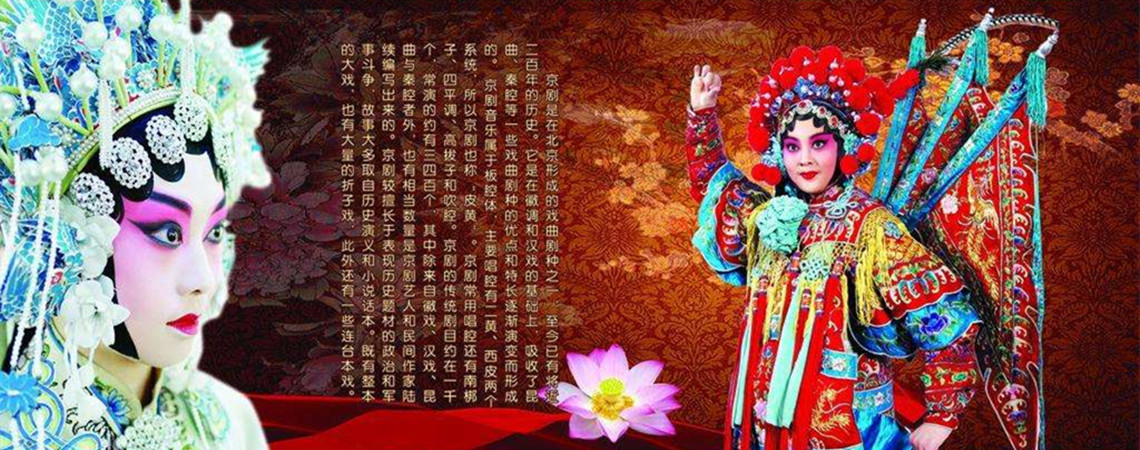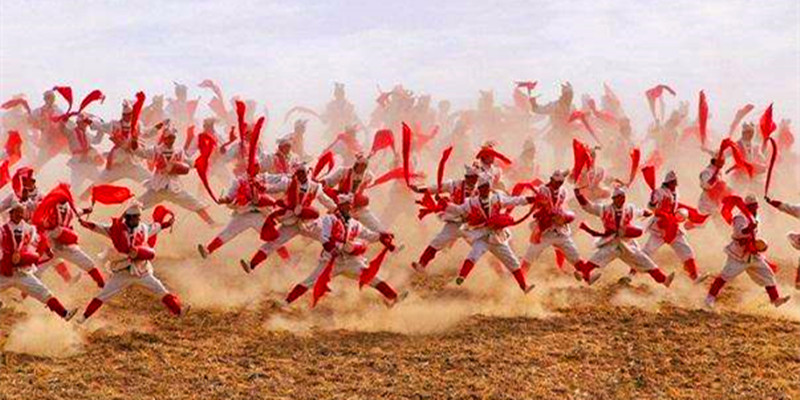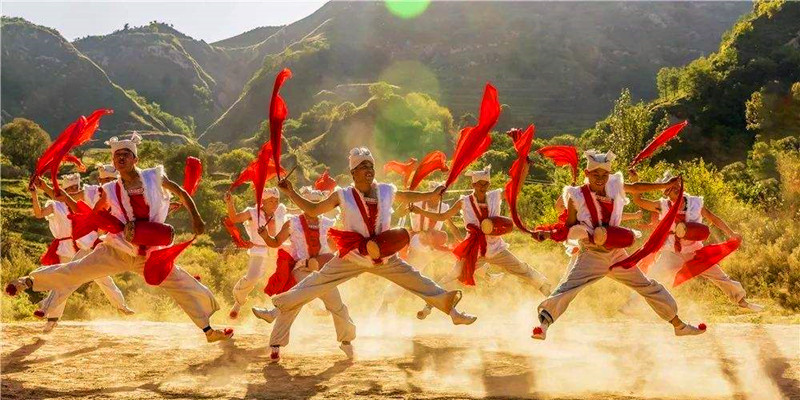Skype: neodalle-travel
Tel: +86 135 7447 2266
E-mail: sales@visitaroundchina.com

With a history of more than 2,000 years, the Ansai waist-drum dance is regarded as one the most famous folk dances in China. This large-scale folk dance is so unique that sometimes the number of drummers ranges several thousand. Like a hurricane sweeping across the yellow earth, it displays the unsophisticated and wild character of peasant life on the Loess Plateau, revealing its unique artistic charm.
History
Located in the Loess Plateau of north of Shannxi Province, the county of Ansai is regarded as the birthplace of Chinese Waist Drum Dance. Next, i will tell you the ancient story about the Ansai waist-drum.
This story can be dated back to the dynasties of Qin (221-206BC) and Han (206BC-220AD). In ancient times, the area of Ansai was an important fort on the frontier praised as "a key of the north gate in China ", and the waist drums were delivered to every soldier stationed there along with weapons. They were used to sound alarms when enemies waged sudden attacks, convey military intelligence, boost morale on the battlefield, and celebrate victories. Used especially by the cavalry, the drums accompanied the rhythm of the horse's hooves as soldiers screamed battle cries as they advanced.

Later, the Ansai waist-drum evolved into a form of folk dance, in which people prayed for godly blessings and good harvests.
Performing
The Ansai waist-drum dance is an extremely impressive spectacle that consists of vigorous dances and leaps accompanied by frenetic drumming.
Wearing a white towel tied around their heads and dressed in lace suits, the dancers look brilliant and impressive. They brandish drumsticks decorated with red silk-ribbons and beat drums that are tied to their waists while dancing with joy.
The dance manifests vigorous movements to the accompaniment of rhythmic drumbeats. At the climax of the dance, dancers beat drums while jumping in the air and yelling "Hai hai!"
The number of drummers ranges from a few to several thousand. When celebrating festivals or the bumper harvest, performers often stage a large-scale Ansai waist-drum dances that are usually performed by about 60 drummers. In some cases, several teams of drummers perform together in a 500- to 1,000-meter-long procession.
Much like the people and landscape of Ansai county, The Ansai Waist Drum Dance is straightforward, uninhibited and displays a deep passion for life.
Features
Nurtured in such a geographically isolated place, the Ansai waist-drum has absorbed little, if any, outside cultural and artistic influence, and has therefore developed its own distinct features.

The Ansai Waist Drum dance is majestic and has boundless vigor, integrating dance, song, wushu, gymnastics, and ballad into a whole. The changeable procession is powerful and vigorous, bold and unrestrained. The atmosphere and rhythm are lively and enthusiastic.
In 1996, Ansai county was named 'the hometown of the Chinese waist-drum'. Today, the Ansai waist-drum dance has become a recreational activity for villagers to pray for good weather for crops and a happy life. In winter, the dance can help ward off the cold. It can also be found in many ceremonies of important events or festivals.
 Ask Questions ?
Ask Questions ?